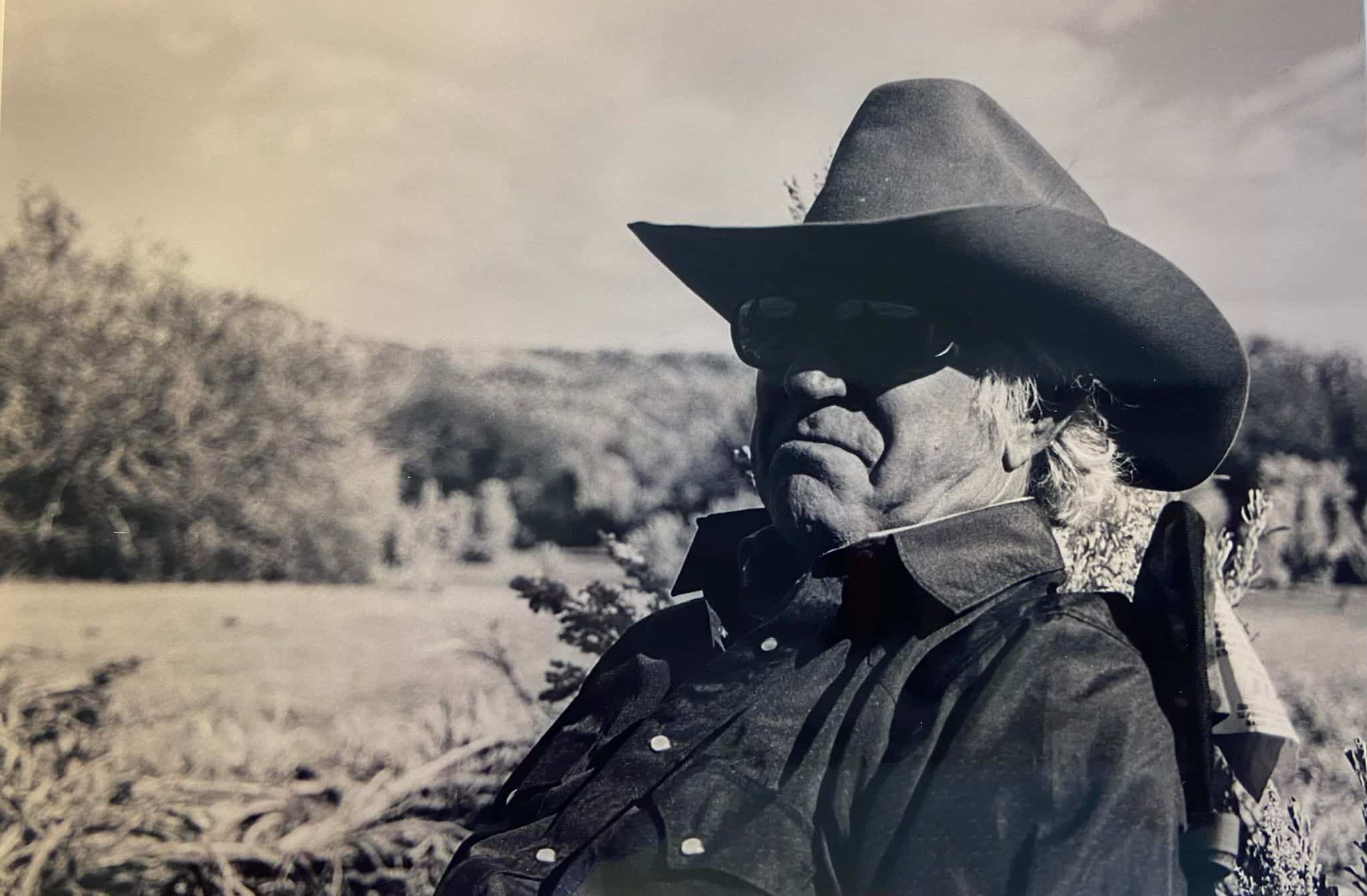Pasture Breeding: Nature at Work

It is a technique that needs little explanation. A stallion is turned out with a band of mares and Nature takes its course. There are advantages and pitfalls to the approach, and we will take a look at them with the help of James McCall, PhD, of Mount Holly, Ark. In addition to laboring in the academic world, he has trained racehorses and during a 40-year career with equines has managed some 300 stallions, a number of which were used in pasture breeding programs. He also is the author of the book The Stallion, A Breeding Guide for Owners and Handlers as well as a plethora of magazine articles about horses. Obviously, the book on stallions covers much more than just pasture breeding, but that subject is dealt with in some detail. McCall, who has retired from the academic world, stands two cutting horse stallions in Arkansas and competes in major cutting horse contests.
The advantages to pasture breeding, he feels, are obvious–little hands-on handling is required and normally there is an increased conception rate. The disadvantages, he says, include the potential for injury to the stallion and a smaller book for the pasture breeding stallion. (A good ratio, he believes, is 20 mares–plus or minus five–per stallion.)
At the same time, he is quick to point out that in all of the years he has been involved in pasture breeding, only one stallion in his custody suffered what could be termed a major injury. That horse was kicked in the testicles by a mare and was put out of commission for a period of time. However, the injury was not a permanent one. A colleague heavily involved in pasture breeding through the years also reported only one serious injury, he says. That involved a stallion kicked in the penis. He had to be removed from the breeding band for a time, but he recovered
Create a free account with TheHorse.com to view this content.
TheHorse.com is home to thousands of free articles about horse health care. In order to access some of our exclusive free content, you must be signed into TheHorse.com.
Start your free account today!
Already have an account?
and continue reading.

Written by:
Les Sellnow
Related Articles
Stay on top of the most recent Horse Health news with












